The following will dynamically unpivot your data. You may notice that the only field specified is ID.
The results are dropped into a #Temp table. From there we perform a dynamic pivot
Example
Declare @YourTable table (ID int,Value1 varchar(50),Value2 varchar(50))
Insert Into @YourTable values
( 1, '1;2;3','4;5;6'),
( 2, 'A;B;C','D;E;F')
Select A.ID
,Col = concat(C.Item,'Copy',D.RetSeq)
,Value = D.RetVal
Into #Temp
From @YourTable A --<< Replace with Your actual table
Cross Apply (Select XMLData = cast((Select A.* For XML Raw) as xml ) ) B
Cross Apply (
Select Item = attr.value('local-name(.)','varchar(100)')
,Value = attr.value('.','varchar(max)')
From B.XMLData.nodes('/row') as A(r)
Cross Apply A.r.nodes('./@*') AS B(attr)
Where attr.value('local-name(.)','varchar(100)') not in ('ID','Other2Exclude')
) C
Cross Apply (
Select RetSeq = Row_Number() over (Order By (Select null))
,RetVal = LTrim(RTrim(B.i.value('(./text())[1]', 'varchar(max)')))
From (Select x = Cast('<x>' + replace((Select replace(C.Value,';','§§Split§§') as [*] For XML Path('')),'§§Split§§','</x><x>')+'</x>' as xml).query('.')) as A
Cross Apply x.nodes('x') AS B(i)
) D
Where A.ID is not null -- or any other WHERE statement
Declare @SQL varchar(max) = Stuff((Select Distinct ',' + QuoteName(Col) From #Temp Order by 1 For XML Path('')),1,1,'')
Select @SQL = '
Select *
From #Temp
Pivot (max(Value) For [Col] in (' + @SQL + ') ) p'
Exec(@SQL);
Returns

